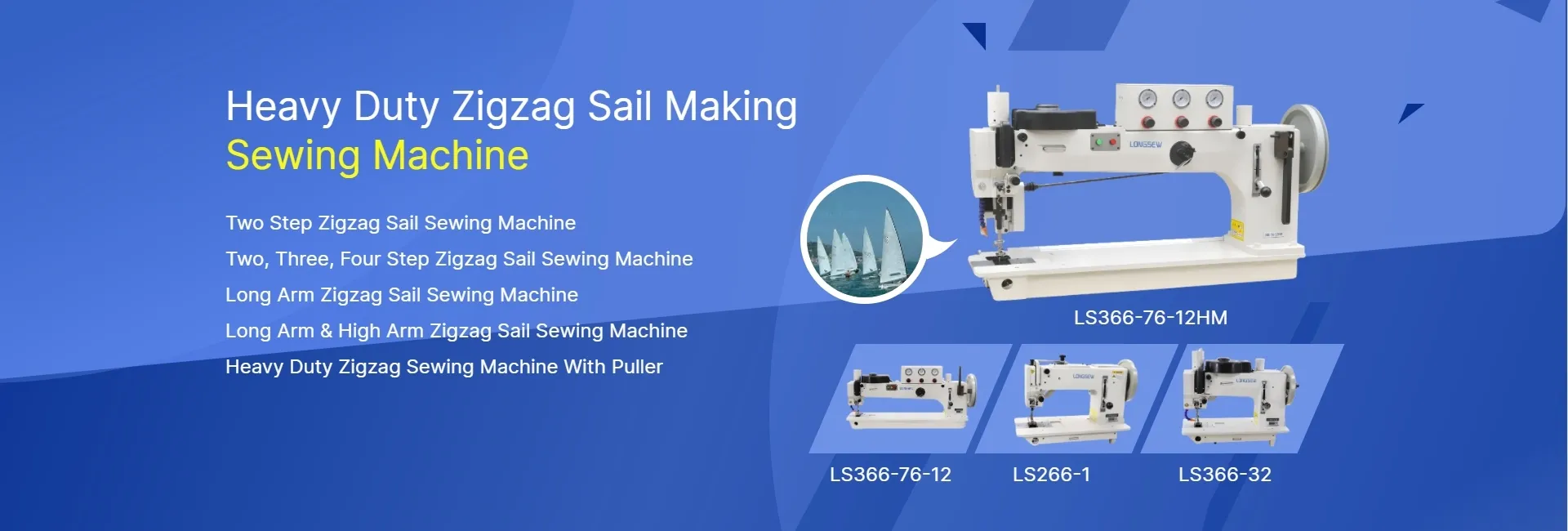Exploring the Different Types of Machines Designed for Creating Chain Stitches in Sewing
Understanding Chain Stitch The Machine Behind the Craft
Chain stitching is a fundamental sewing technique used widely in garment manufacturing, quilting, and various textile applications. It is characterized by a series of interlocking loops of thread that form a continuous, flexible seam. One of the key elements in achieving proficient chain stitching is the machine used for this purpose. In this article, we will delve into the types of machines commonly used for chain stitching and their significance in the world of textiles.
The Chain Stitching Machine
The primary machine used for chain stitching is the chain stitch sewing machine. This machine is engineered specifically to create the distinct chain stitch pattern. Unlike traditional lockstitch machines, which use two threads to form a stitch, chain stitch machines typically utilize only one thread that loops through the fabric. This design not only simplifies the stitching process but also allows for greater flexibility and elasticity in the seams, making it ideal for fabrics that require a bit of stretch, such as jersey or spandex.
There are various types of chain stitch sewing machines, but two of the most common are the single-needle chain stitch machine and the multi-needle chain stitch machine. The single-needle machine is favored for its versatility and ease of operation, making it suitable for straight seams and simple styles. On the other hand, the multi-needle machine is often employed in mass production settings where speed and efficiency are paramount. This type allows multiple threads to create intricate designs and patterns, significantly enhancing productivity.
Applications of Chain Stitching Machines
Chain stitch machines are used extensively in the apparel industry. They are ideal for constructing seams on denim, activewear, and other stretchy fabrics. The ability to stretch without breaking the seam is particularly important in garments that undergo significant movement. In addition to clothing, chain stitching is also widely used in home décor items like quilts, curtains, and upholstery.
which machine is used for doing chain stitch

Another important application of chain stitching is in the production of industrial materials. For instance, chain stitch machines are used in manufacturing tarpaulins, banners, and tents, where strong and durable seams are essential to withstand outdoor conditions. The flexibility of chain stitching allows these products to be both robust and lightweight, catering to a range of practical needs.
The Advantages of Chain Stitching
One of the primary advantages of chain stitching is its speed. Chain stitch machines can sew much faster than traditional lockstitch machines, which can dramatically reduce labor costs in high-volume production environments. Additionally, the inherent elasticity of chain stitches makes them less likely to rip or break when the fabric is under tension, extending the life of the garment or product.
Moreover, chain stitches are easier to remove if alterations are needed. The single-thread approach, as opposed to the double-thread method of lockstitching, allows for quick and efficient tweaking of seams without damaging the fabric.
Conclusion
In conclusion, the chain stitch sewing machine is an indispensable tool in the textile industry. Its ability to create durable, flexible seams efficiently makes it a preferred choice for various applications, from high fashion to industrial manufacturing. As textile technology continues to evolve, the significance of chain stitch machines remains steadfast, ensuring that they will play a crucial role in the future of sewing and garment production. Whether you are a hobbyist or a professional in the textile field, understanding this machine's capabilities and applications can vastly enhance your sewing projects and production processes.
-
Industrial Cylinder Arm Sewing Machine: Revolutionizing Heavy-Duty SewingNewsJul.28,2025
-
Cylinder Arm Sewing Machine: Perfect for Special Sewing ApplicationsNewsJul.28,2025
-
Cylinder Bed Sewing Machine: Essential for Sewing Complex MaterialsNewsJul.28,2025
-
Heavy Duty Sewing Machine: The Essential Tool for Industrial ApplicationsNewsJul.28,2025
-
Computerized Pattern Sewing Machine: Revolutionizing Precision StitchingNewsJul.28,2025
-
Heavy Duty Industrial Sewing Machine: Power Meets PrecisionNewsJul.28,2025
-
Leather Sewing Machine: The Industrial Standard for Tough MaterialsNewsJul.18,2025





























